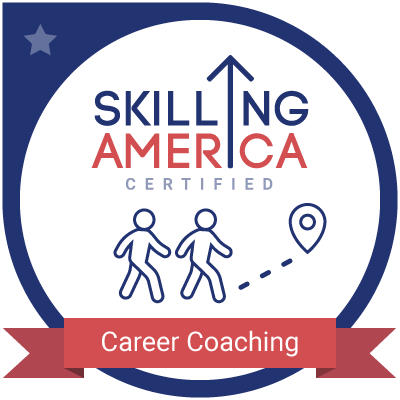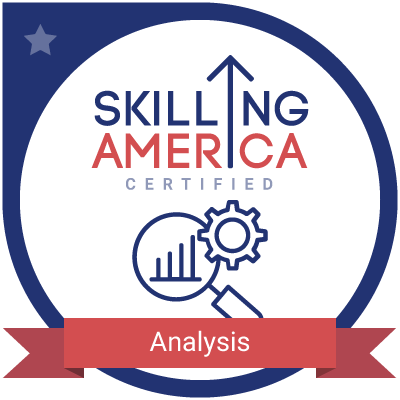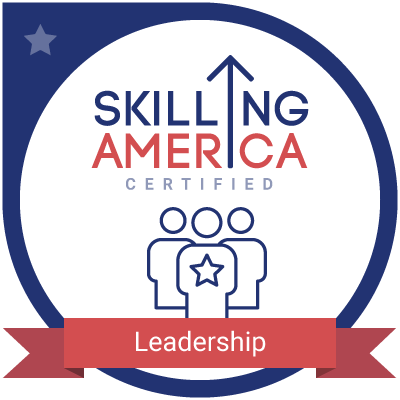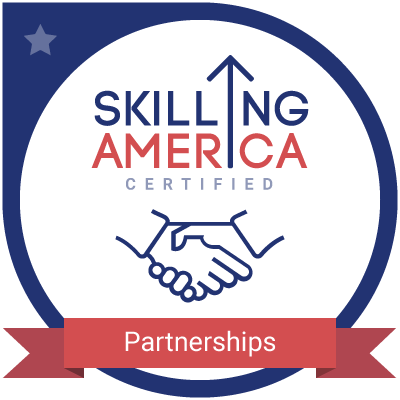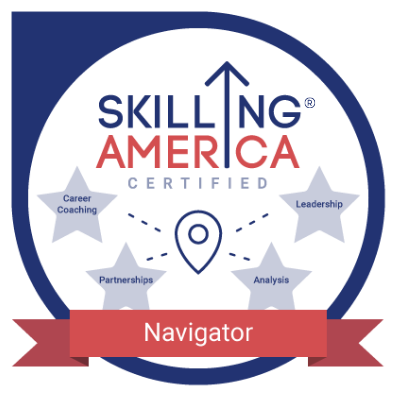The best leader I've had is a former high school principal. When I was a teacher under her leadership, she inspired me by giving them agency (I asked her once why she didn't just tell us what to do instead of trying to come to a consensus or let people engage in a variety of approaches), encouraging discussion/debate on topics that affected everyone, and used the best parts of several different "best-practice" strategies to inform decisions. Interestingly, not everyone liked this leadership style and would have prefered that she issue top down directives that we could all complain about later instead of having long discussions at faculty meetings. True leadership really does involve stakeholders, even those reluctant to participate.
An analysis of how jobs are listed and the results the listings produce could help employers write more accurate and detailed job descriptions to attract the talent they are looking for. Analyzing how their skills and experience match to job descriptions (the transferable skills worksheet is helpful) will help job seekers see where they have more to offer than they think they do, and will help them understand what type of development they may need to enter their desired field. Everyone, employers and job seekers, need to be more open and up front about what exactly they are trying to accomplish in order to create meaningful matches.
In my Center, we use these types of reports (O*Net OnLine) regularly to develop employment plans.
I would seek out data to determine how the qualifications and career goals of job-seekers are not aligning with the needs of employers. With this information, addressing the disparities using local resources, such as training opportunites through local agencies, would become my primary focus.

